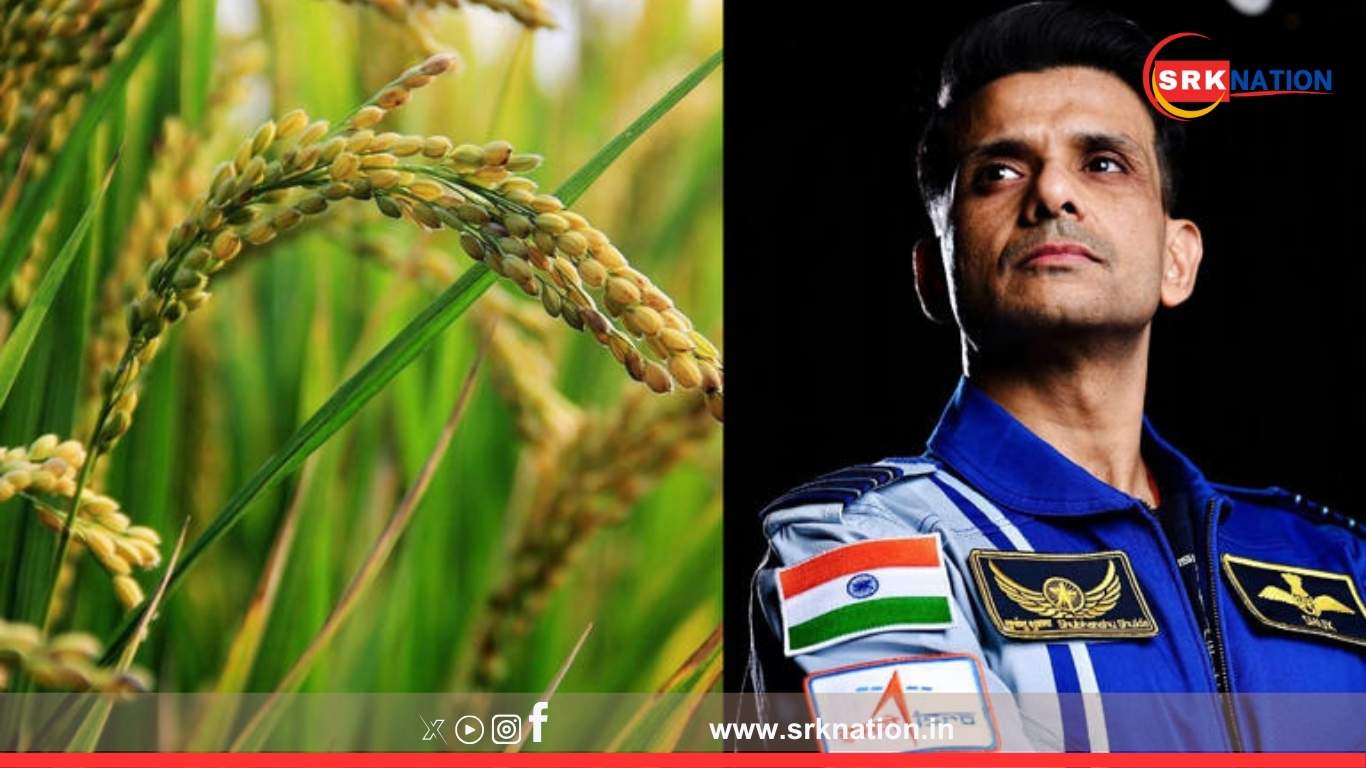In a groundbreaking step toward extraterrestrial agriculture, six indigenous crop varieties from Kerala have been launched aboard NASA’s Axiom Mission 4 (Ax-4) to the International Space Station (ISS). This marks India’s most ambitious space farming experiment to date, led by the Indian Space Research Organisation (ISRO) in collaboration with Kerala Agricultural University (KAU), the Indian Institute of Space Science and Technology (IIST), and international partners including NASA and the European Space Agency (ESA).
Six Crops, One Mission: Farming Beyond Earth
The selected seeds—Jyothi and Uma (rice), Kanakamani (horse gram), Thilakathara (sesame), Soorya (brinjal), and Vellayani Vijay (tomato)—were developed by KAU for high yield and resilience in Kerala’s agro-climatic conditions. These seeds will spend 14 days in microgravity aboard the ISS, where their germination, growth, and genetic behavior will be closely monitored.
Why It Matters
The experiment aims to identify space-hardy genes that could revolutionize food production in extreme environments—both in space and on Earth. Once the seeds return, they will be cultivated across multiple generations to assess changes in resilience, productivity, and nutritional value.
India’s Expanding Space Science Footprint
Indian Air Force Group Captain Shubhanshu Shukla, part of the Ax-4 crew, will oversee the experiment in orbit. This initiative is one of seven Indian-led experiments aboard Ax-4, which also includes studies on microalgae, muscle degeneration, tardigrades, and human-computer interaction in space.
A Step Toward Sustainable Space Habitats
Scientists believe the findings could pave the way for space-based greenhouses, bioreactors, and sustainable life-support systems on missions to the Moon, Mars, and beyond. The research also holds promise for improving crop resilience under climate-stressed conditions on Earth.
🔁 Share this article to celebrate India’s leap into space agriculture and the future of food beyond Earth.











